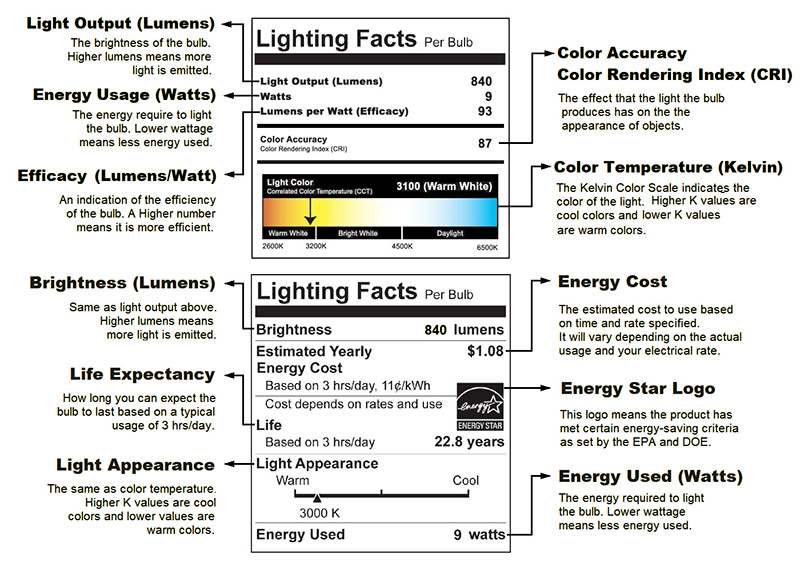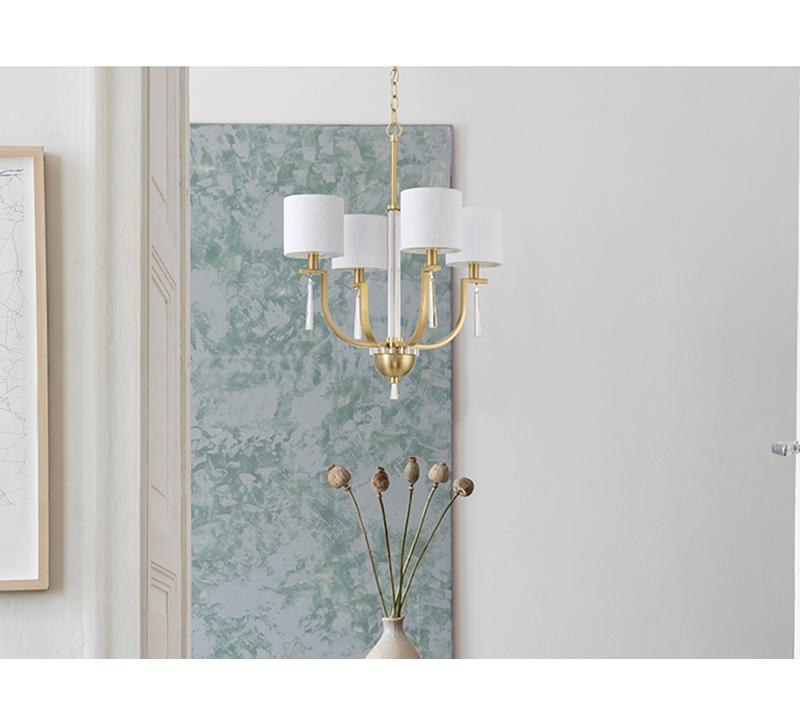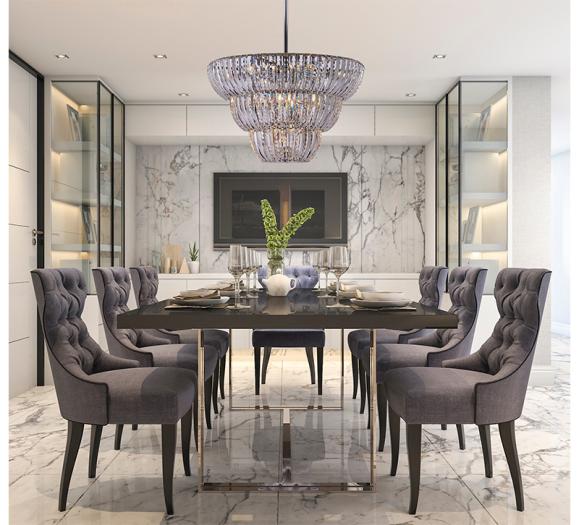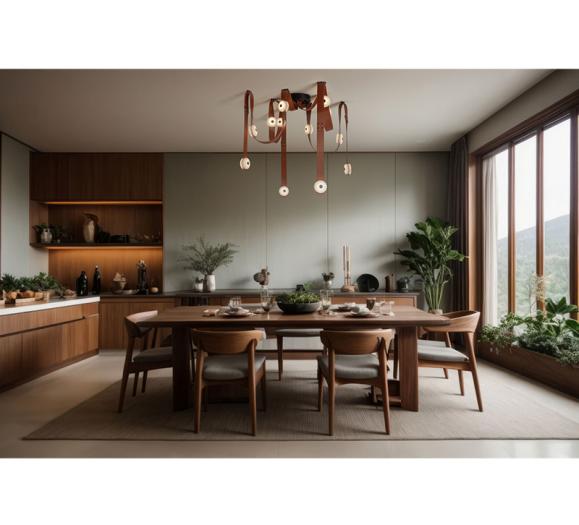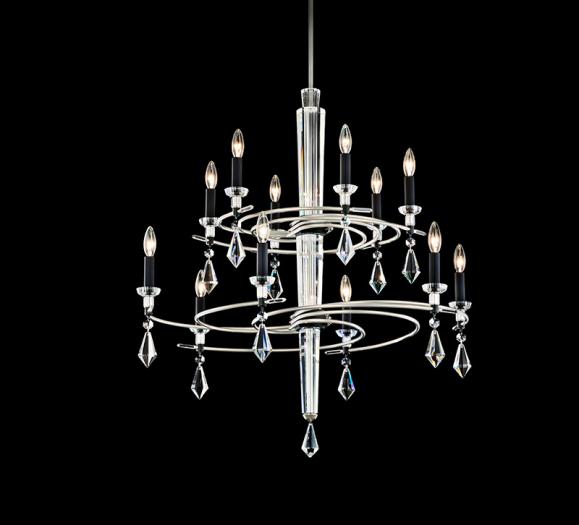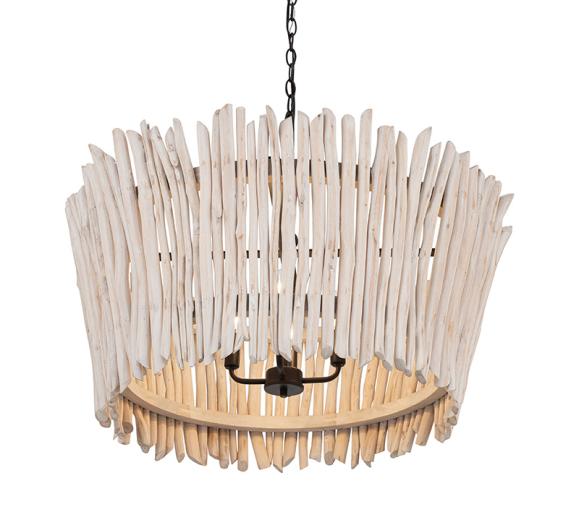Light performs four basic functions that can be broken into ambient, decorative, accent and task lighting. To layer properly, first identify the purpose of each, then blend and balance the layers to create a cohesive, comfortable space.
As designers and lighting retailers, you may be schooled in how to implement these layers; however, how do you extend that message to your customers and clients, particularly if it means adding or allocating funds to a budget in a way that was unexpected?
Understanding the layers is an important step to good design. As lighting technology evolves, too, also understanding how LED light sources can ensure the effectiveness of those layers will set you and your clients up for homes that function properly and set the right mood. As incandescent lighting is phased out — the Department of Energy is eliminating this type of lighting — we need to be ready to replace what we can no longer find.
The Four Layers of Light and Purpose
Task Lighting
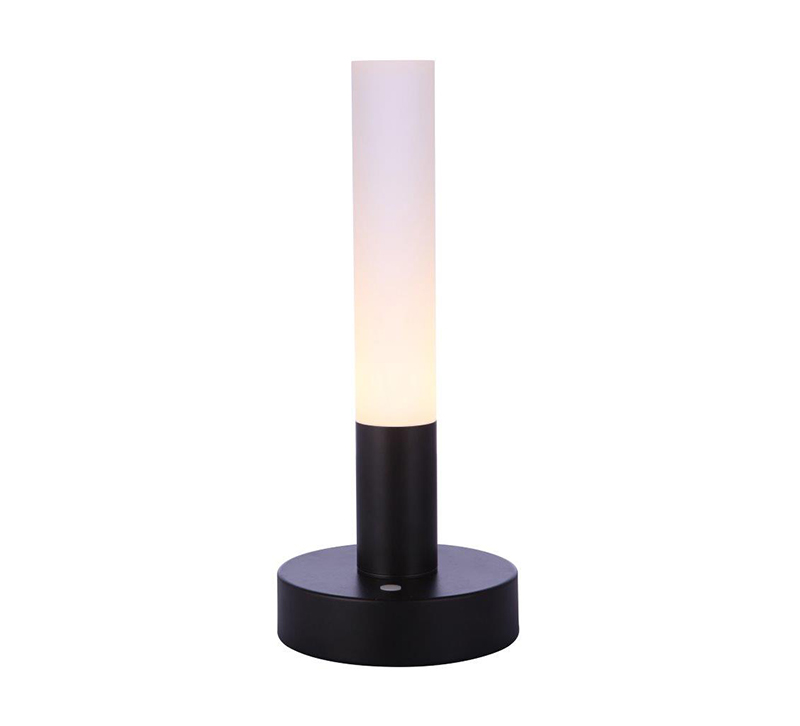
Task Lighting is lighting by which you do work, such as under-cabinet lighting, reading lamps or kitchen lighting designed for prep and cooking tasks.
Task lighting should be bright enough to shine a spotlight on the work at hand, designed to reduce eye strain and ensure that what’s being worked with is easily seen.
To convert to LED light sources for task lighting, consider Kelvin temperatures of 3000 - 5000 Kelvin, providing a brighter — and cooler — light source that will accentuate the task at hand.
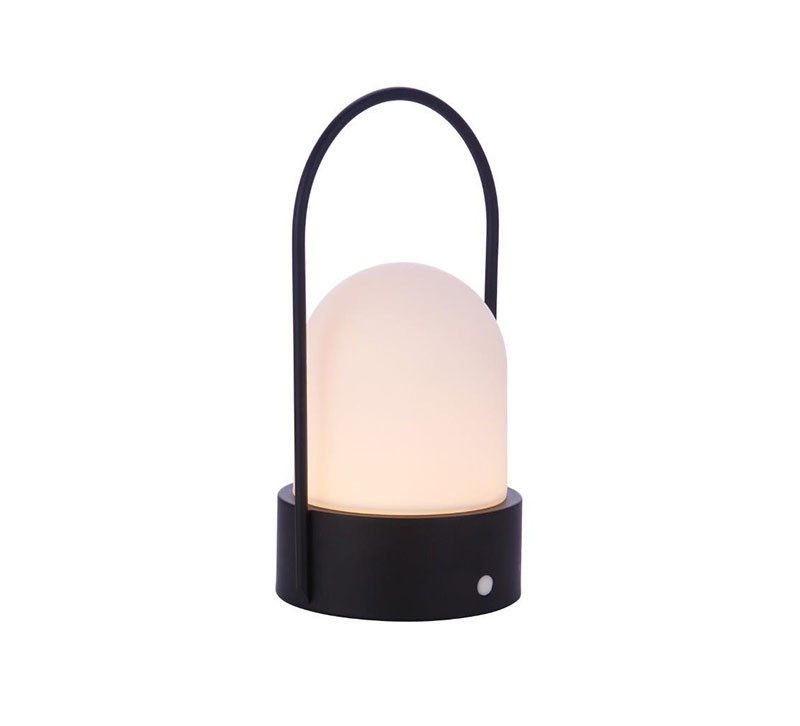
Ambient Lighting
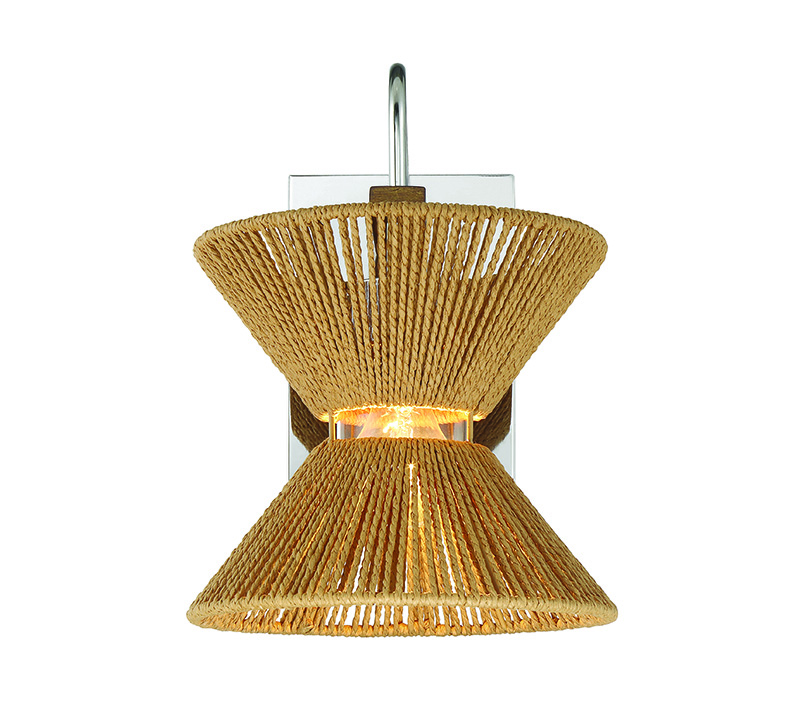
Ambient Lighting is gentle fill light. It softens shadows on people’s faces and fills the volume of a space with a warm glow. Ambient light comes from illumination that is bounced off horizontal or vertical surfaces — think ceilings and walls. Opaque wall sconces, torchieres, pendant-hung indirect fixtures and cove lighting can be used to create ambient light.
“I love the use of cove and under counter lighting in some of our projects on the design side,” says Karen Johnson, Special Projects, Brand Manager for Craftmade. “When you enter the space, ambient lighting welcomes you in.”
Johnson recommends LED tape in these applications due to the ease of installation, versatile size, and flexibility of the product with most offering the ability to choose or adjust the color temperature from 2700 to 5000 Kelvin, going from warm to cool, depending on the light sources’ intended purpose.
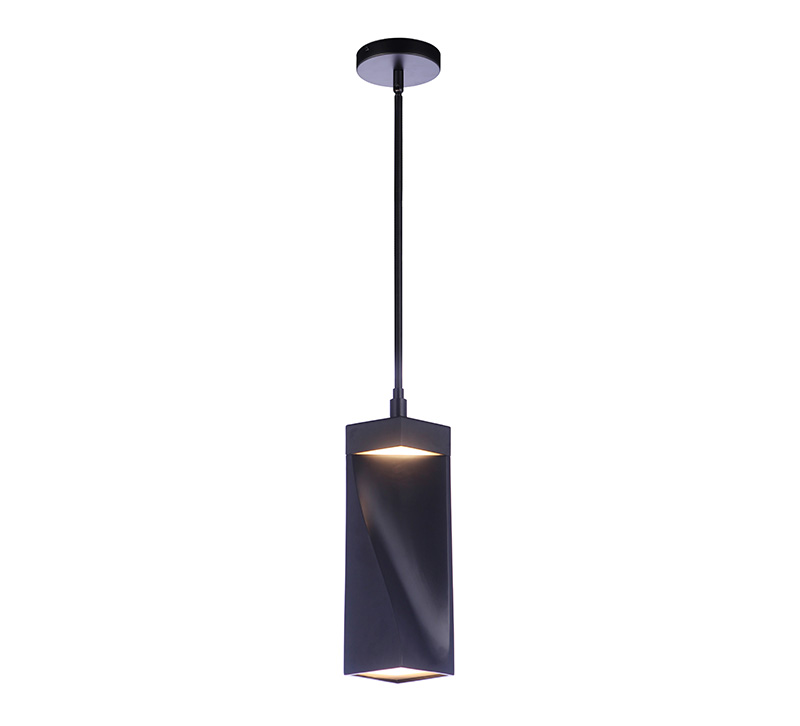
Decorative Lighting
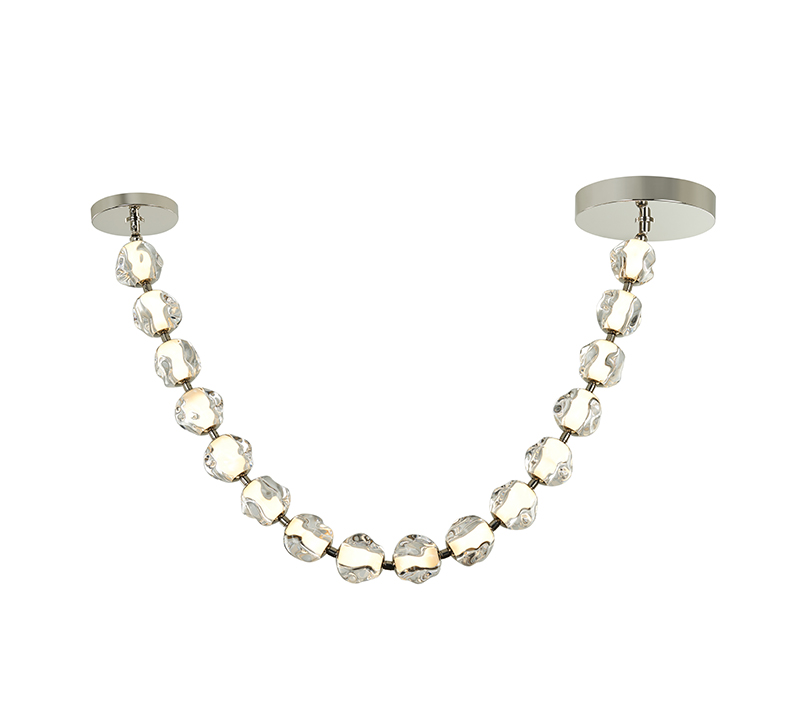
Decorative light fixtures add sparkle and design to a room. Such fixtures as chandeliers, pendants and wall sconces are considered decorative lighting and shouldn’t be used as workhorses for lighting a room. As decorative lighting is typically designed for spaces in the home where a warmer color temperature is desired, LED values from 2700 to 3500 Kelvin, are often suggested. However, this type of lighting can be more subjective, based on the design style of the home and the homeowner’s preferences.
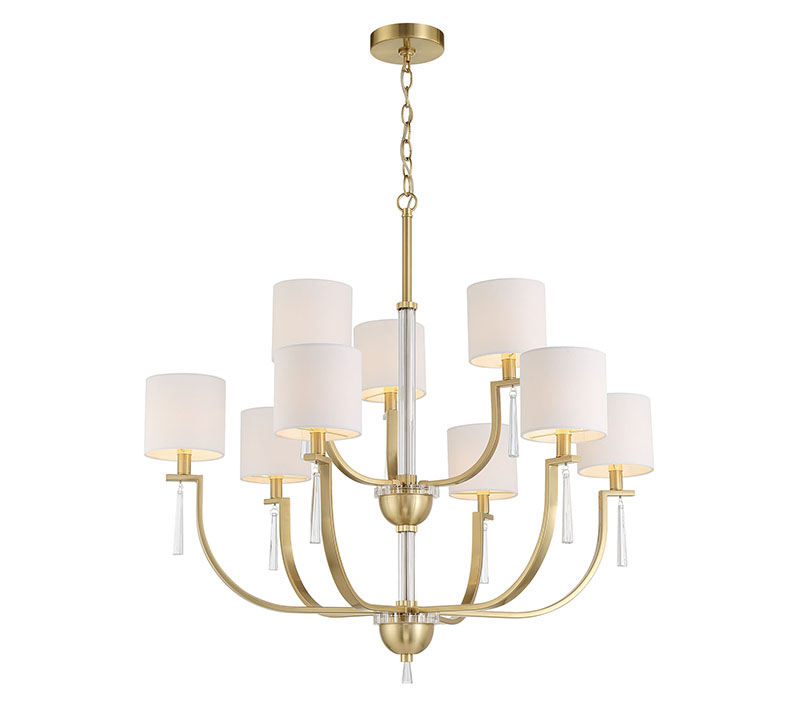
Accent Lighting

Accent lighting is used to highlight objects and add depth and dimension. Adjustable recessed luminaires, track lights, portable uplights such as torchieres and directional landscape lights are examples of accent lighting as are table lamps and wall sconces.
According to Craftmade’s Johnson, it makes sense to mirror the Kelvin temperatures associated with decorative lighting in this case.
When gas and then electric lighting were first-introduced technologies, the single light in the center of the ceiling of the room was the norm, and many spaces still follow this today — consider the light fixture that is often in the center of the ceiling in each room of the home. As lighting has become more sophisticated, using the room itself as an important light source through ambient lighting can transform the space, making it more inviting and nuanced, setting the stage for a more balanced use of decorative, accent and task lighting.
By layering these four functions together you can create welcoming environments while providing the correct usable light sources for day-to-day activities.
What to Look For in LED Lighting
As LED light sources continue to evolve, with better color temperatures and dimming capabilities that can bring a room from daylight to warmer tones as the environment requires, understanding and utilizing LED can have a significant impact on the light balance in an environment as well as providing longevity, safety and sustainability.
Understanding the terminology and facts on lighting packaging can go a long way in ensuring the LED light color and temperature you choose is correct for the layer of lighting and the space it will illuminate.
Lumens addresses the amount of light enabled. The higher the lumens, the more light is emitted. For example, the equivalent lumens for a 60-watt incandescent bulb is approximately 800 lumens. The difference with LED is that the same level of light from the LED bulb consumes approximately 9 watts, a significant savings where energy is concerned. As a result, LED bulbs have a much longer life, close to two decades with natural use.
Kelvin refers to the color temperature. The higher the Kelvin value, the cooler (or brighter) the light source. Higher values are good for task lighting, while lower values are better for ambience, giving a room a warm glow. Where 2400 Kelvin is equivalent to candlelight, 3500-4000 Kelvin more closely mirrors daylight. Choosing the right temperature for your layers of light helps create an optimal atmosphere in each room.
Color Rendering Index (CRI) The CRI is a measurement of light against the accuracy of sunlight on a scale of 0-100. The higher the value, the truer an object’s color will appear. A CRI of 85 or higher is best to ensure wall colors and objects in the room are depicted accurately.
Dimmability: Today’s better LED light sources have much improved dimming capabilities as well. Gone are the days of flicker when a bulb’s light is lowered, allowing your lighting to shift with the time of day and intended purpose for the lighting in a space.
